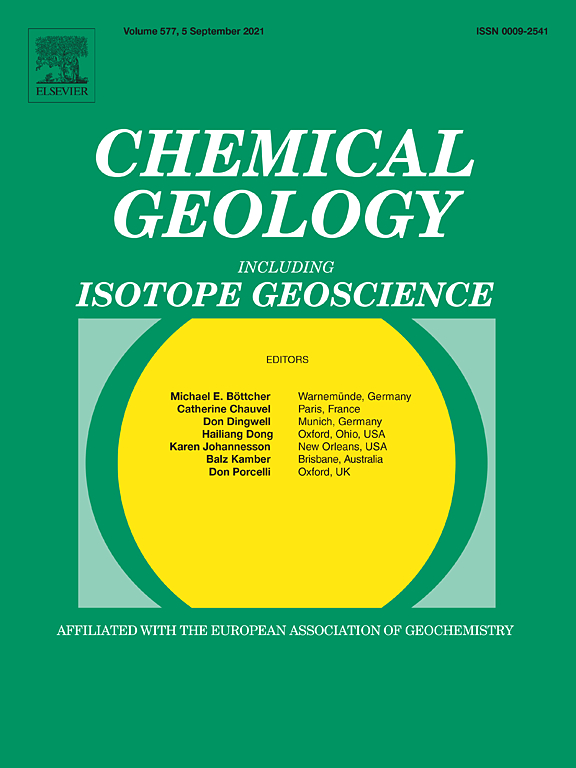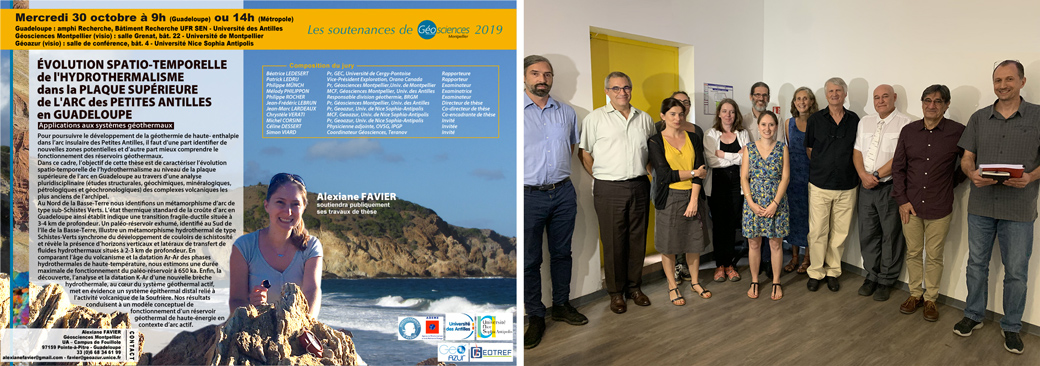 Publication of a GEOTREF article in Chemical Geology
Publication of a GEOTREF article in Chemical Geology
40Ar/39Ar dating of high temperature geothermal systems: First attempt on hydrothermally altered pyroxenes from the Saintes archipelago (Lesser Antilles arc, Guadeloupe).
A.Favier1,2,3 C.Verati2 J.M.Lardeaux2 P.Münch4 C.Renac2 M.Corsini2 F.Orange5
1. Université des Antilles, pôle Guadeloupe, Pointe-à-Pitre, Guadeloupe, France.
2. GéoAzur, Nice – Sophia Antipolis, France.
3. GeoRessources, Nancy, France.
4. Géosciences Montpellier, Montpellier, France.
5. Université Côte d’Azur, Nice, France.

